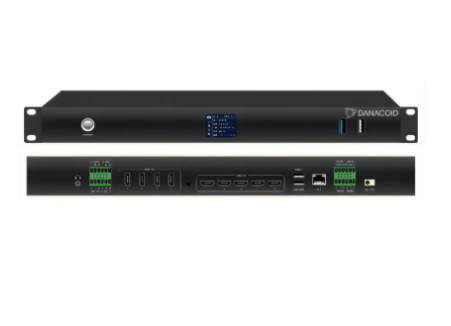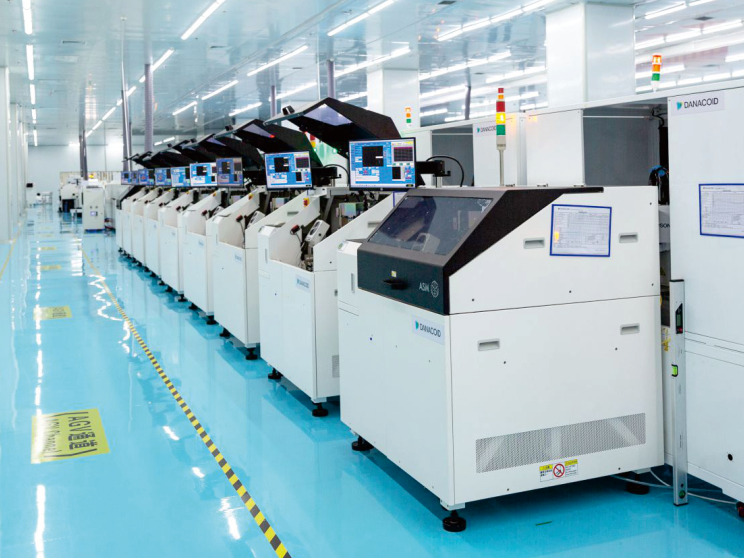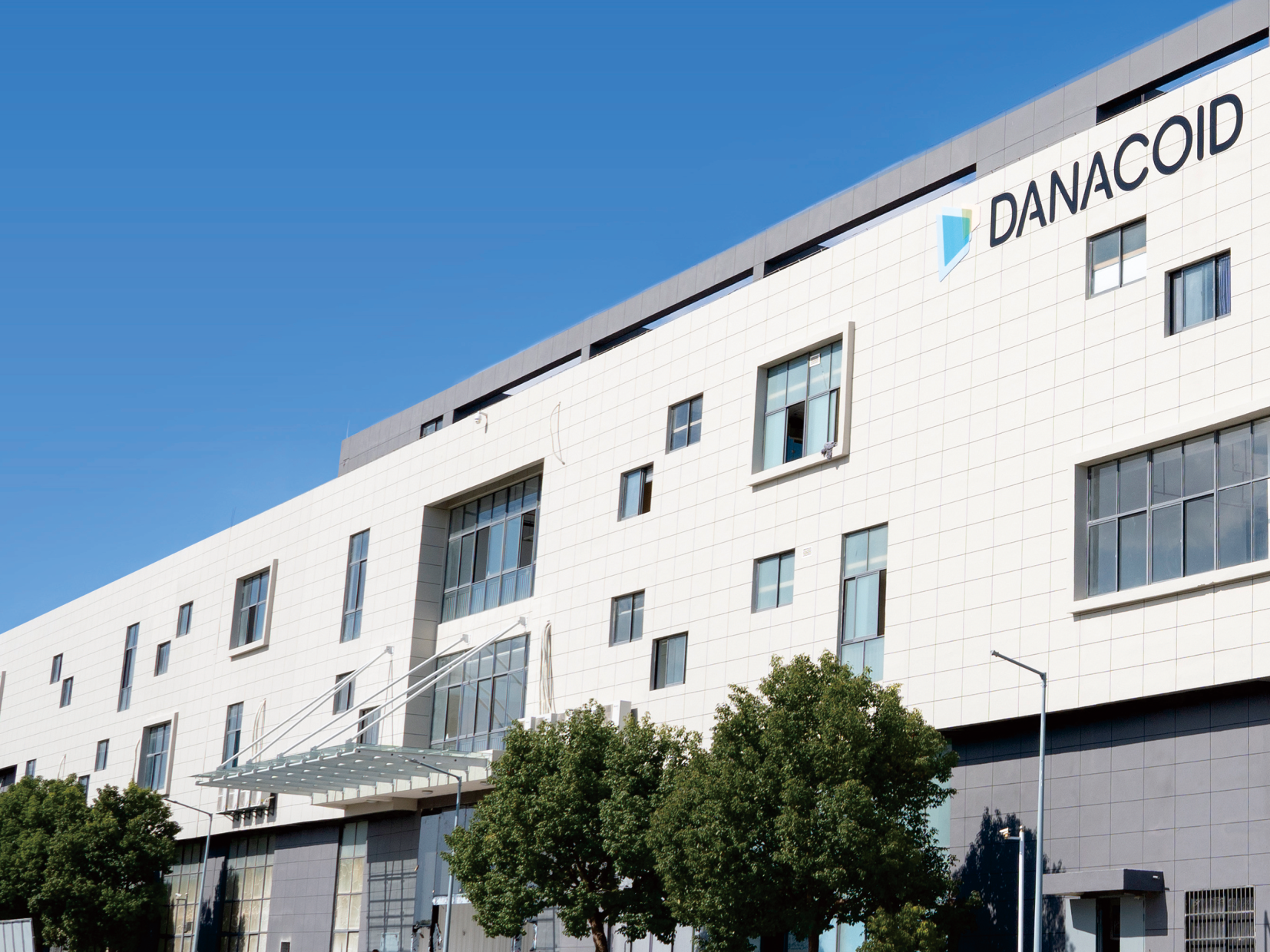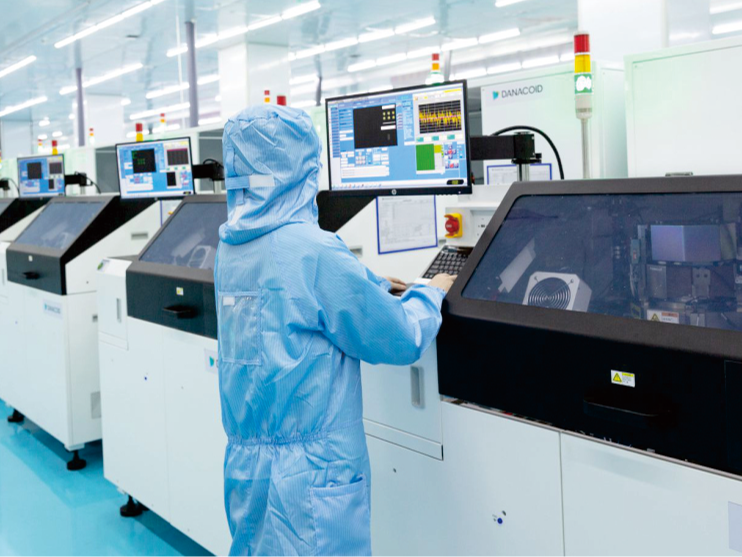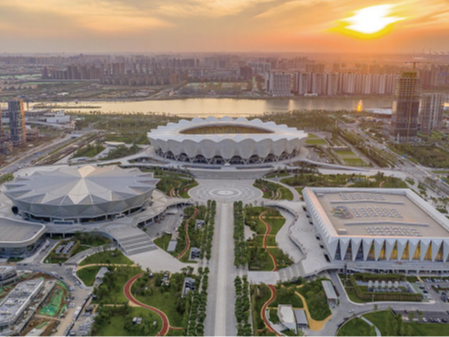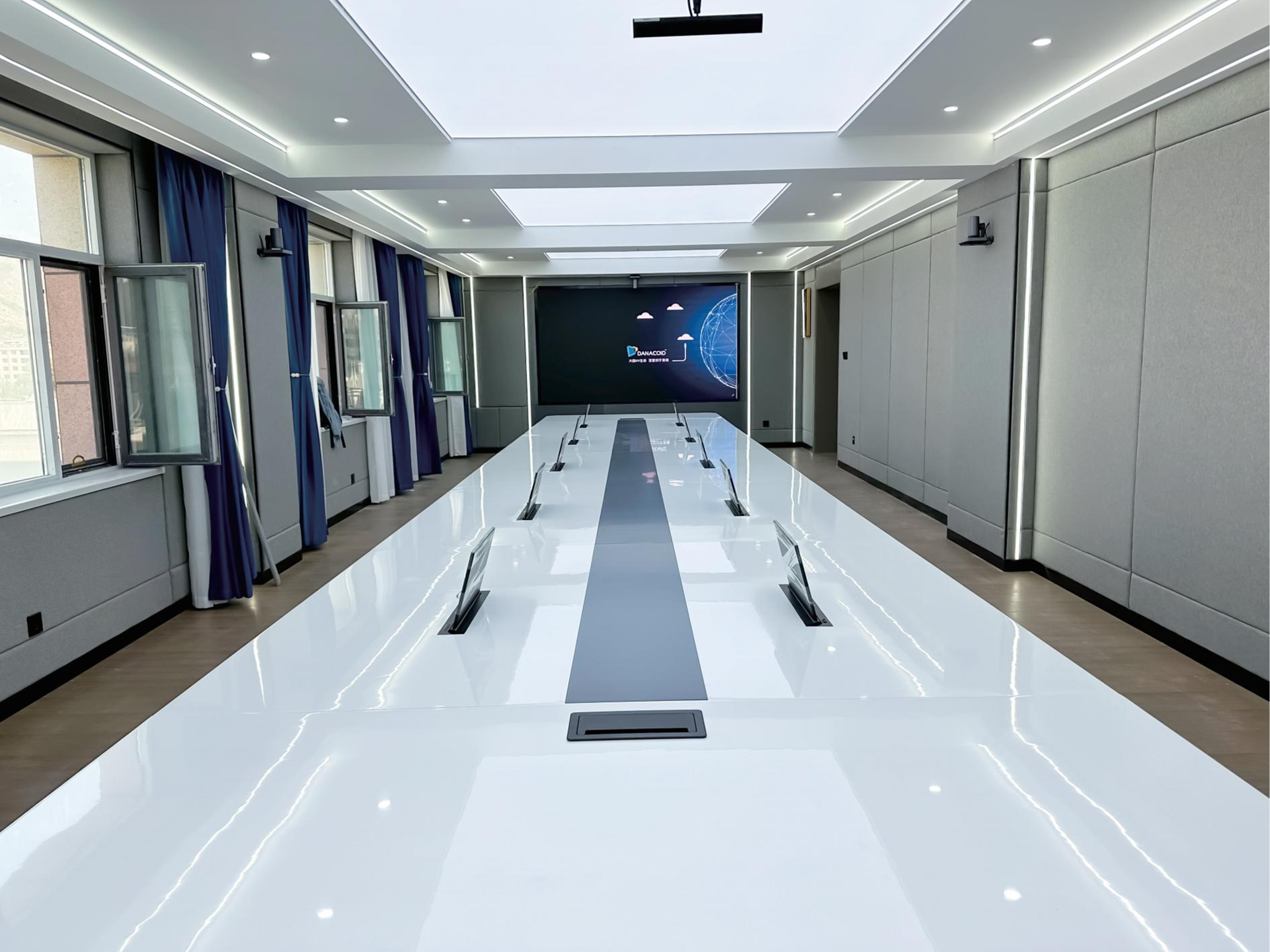Why Camera Placement Matters for Video Conferencing
Impact on Professionalism and Engagement
Camera placement significantly influences how viewers perceive professionalism during video conferencing sessions. When a camera is positioned correctly, it creates an engaging and convincing interaction, reflecting a positive image on both individuals and organizations. A well-placed camera can enhance the overall video quality which according to research, can improve viewer attention by as much as 60%. This leads to better retention of information shared during the conference—a critical factor for effective communication and professional success. Understanding the importance of this setup is vital in today's digital communication environment.
Avoiding Common Distractions and Technical Issues
Proper camera placement is also essential to minimize distractions and avoid technical issues during video calls. Common distractions include unflattering angles or obstructive backgrounds, which can detract from the main speaker's message. Moreover, technical issues are often rooted in poor camera placement, leading to audio disruptions or pixelation in video feeds. Statistics show that 75% of technical difficulties during conferences originate from setup errors. Preventing such issues requires careful attention to camera positioning to ensure a smooth and efficient communication experience. By addressing these problems beforehand, one can ensure a more focused and productive conference interaction.
Optimal Camera Height and Angle
Eye-Level Positioning for Natural Interaction
Positioning the camera at eye level is essential for creating a natural and authentic interaction in video conferencing. When the camera aligns with the eyes, it fosters a sense of connection and makes virtual meetings feel more personal and relatable. According to research, maintaining eye-level camera placement enhances engagement by encouraging visual eye contact, which is a critical aspect of effective communication. By doing so, participants can experience a more genuine exchange and better understand each other's expressions and emotions.
Using Laptop Stands or Risers for Adjustments
To achieve the ideal camera height for videoconferences, using laptop stands or risers can be incredibly effective. These tools allow you to elevate the camera to match the viewer's perspective, ensuring a clear and distortion-free view. Adjustable stands are particularly beneficial as they help combat neck strain by promoting a comfortable sitting posture during lengthy calls, contributing to overall well-being. By investing in such equipment, you can significantly enhance your video conferencing experience, maintaining both comfort and professionalism.
Avoiding Upward or Downward Angles
Maintaining a neutral angle is crucial to avoid unflattering perspectives during video calls. Upward angles can exaggerate facial features and downward angles can reduce authority, both affecting how we are perceived in professional settings. Research underscores the impact of camera angles on viewer perceptions, indicating that they play a pivotal role in shaping judgments about professionalism and credibility. Hence, adjusting the camera angle to be straight and level is a key consideration for anyone aiming to project a competent and trustworthy image on screen.
Lighting and Background Considerations
Balancing Natural and Artificial Light
Effective lighting is essential for achieving the best video conferencing experience. Balancing both natural and artificial light sources can significantly enhance visibility and reduce unflattering shadows on the face. When natural light is available, it's beneficial to position oneself where this light can illuminate facial features evenly. However, relying solely on natural light can result in variability based on the time of day and weather conditions, making artificial lighting a reliable supplement. Studies have shown that environments with good lighting can boost perceived professionalism by nearly 40%, proving that lighting plays a crucial role in virtual meetings.
Minimizing Backlighting from Windows
Backlighting from windows during video calls can create silhouettes, making it challenging to see facial features clearly. To address this issue, it's advisable to position yourself facing the main light source, rather than having bright windows behind you. This setup ensures your face is well-lit and clearly visible to others. Lighting experts emphasize that avoiding backlighting is crucial. Statistics reveal that poor lighting can compromise engagement levels by up to 80%. By positioning yourself correctly concerning your main light source, you can maintain viewer focus and ensure your presence is the central feature of the video call.
Choosing a Neutral, Clutter-Free Background
Selecting a neutral and clutter-free background is vital for keeping the audience's attention on the speaker. Excessive items or colors in the backdrop can divert focus away from the content of the call, affecting the quality of communication. Research on video conferencing has concluded that over 90% of professionals prefer neutral backgrounds as they add to the perception of professionalism and aesthetic simplicity. This choice not only creates a cleaner visual space but also supports the speaker in conveying their message effectively without distractions. A neutral setup enhances the overall aesthetic and might contribute positively to how you are perceived in professional settings.
Framing and Field of View
Rule of Thirds for Balanced Composition
Applying the rule of thirds is pivotal for achieving well-balanced and visually engaging video conference frames. This rule suggests dividing the frame into nine equal segments using two vertical and two horizontal lines. Positioning key elements, such as your eyes, along these lines or their intersections enhances viewer engagement. Research has shown that using the rule of thirds can lead to a more dynamic composition, positively impacting viewer satisfaction. In the context of video conferencing, this compositional strategy creates a more balanced visual space that enhances the overall conversation and interaction.
Maintaining 2-3 Feet of Distance from the Camera
Keeping between 2-3 feet from the camera is crucial for creating an effective presence during video calls. This distance ensures that facial features and expressions are clearly visible, aiding better communication. Research indicates that an optimal distance from the camera not only enhances video quality but also fosters an immediate and effective connection with meeting participants. Maintaining the right distance allows viewers to capture non-verbal cues, which can be vital in discussions and presentations, improving overall communication dynamics.
Adjusting Zoom for Group vs. Solo Calls
Adjusting the camera's zoom is essential for optimizing the field of view, particularly in distinguishing between group and solo calls. In group settings, ensuring that all participants are visible can enhance inclusivity and communication. Conversely, for solo calls, a tighter zoom on the speaker promotes focus and engagement. Technical recommendations suggest that adjusting the zoom according to the number of participants provides a tailored experience, enhancing interaction while acknowledging participant layout.
Transitioning from setting the perfect frame and field of view, our focus will shift to understanding the importance of lighting and background in creating a professional video conferencing environment. Balancing these elements will maximize the effectiveness of your video calls and guarantee that you leave a lasting impression.
Enhancing Setup with Equipment
External Webcams vs. Built-In Options
Choosing the right webcam can significantly impact the quality of your video conferencing experience. External webcams generally offer superior image quality compared to built-in options, providing clearer visuals that enhance the overall viewing experience. Industry standards indicate that using an external webcam can improve video clarity by up to 60%, which directly impacts viewer engagement and satisfaction during meetings. Whether you're hosting critical business discussions or casual team catch-ups, investing in a high-quality external webcam can elevate your virtual presence. When weighing your options, consider the advantages external webcams hold in terms of adaptability and advanced features.
Tripods and Mounts for Stability
Stability is crucial for maintaining a professional appearance in video calls, and utilizing tripods or mounts can stabilize the camera effectively. This setup ensures consistent video quality by minimizing shakes or unwanted movement that might distract or disorient viewers. According to statistical data, 85% of professionals report improved video quality through the use of dedicated mounts, which highlights this best practice's importance in virtual meetings. If you aim to present a polished image and ensure your video feed remains steady, investing in sturdy tripods or mounts is a worthwhile consideration. This hardware ensures that your camera remains in the optimal position without constantly needing manual adjustments.
Pairing with Audio Solutions for Clarity
Audio quality holds equal importance to video clarity in effective communication during virtual meetings. Pairing your camera setup with efficient audio solutions ensures that your message is conveyed clearly, enhancing the overall comprehension of the conversation. Experts emphasize that 70% of communication is non-verbal, underlining the significance of audio clarity in virtual settings. By integrating quality microphones or audio devices into your video conferencing setup, you can ensure that participants fully grasp both your verbal and non-verbal cues, facilitating better engagement and understanding. This pairing between visual and auditory components creates a comprehensive communication experience essential for successful virtual interactions.
FAQ
Why is camera placement important for video conferencing?
Camera placement is crucial as it influences professionalism and viewer engagement. Proper placement can enhance video quality and ensure better retention of information, improving communication effectiveness.
How can one achieve the ideal camera height for video conferencing?
Using laptop stands or risers can help elevate the camera to eye level, promoting engagement and ensuring a natural interaction.
What lighting considerations should be taken for video conferences?
Balancing natural and artificial lighting is key to reducing shadows and maintaining visibility. Avoiding backlighting and using face-illuminating light sources are also important to ensure focus and engagement.
What equipment can enhance video conferencing setup?
External webcams, tripods, and mounts play a pivotal role in maintaining video quality. Paired audio solutions ensure clarity and effective communication in virtual meetings.


